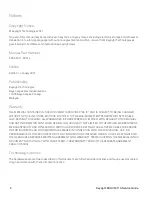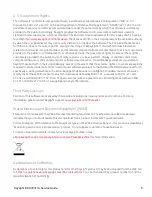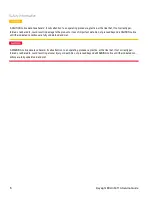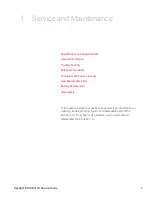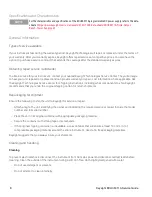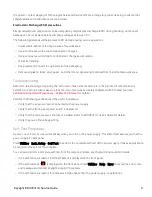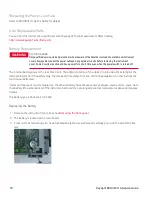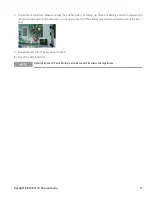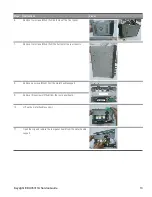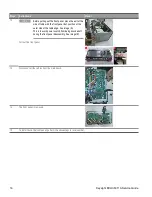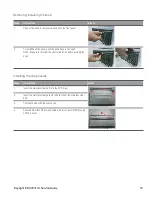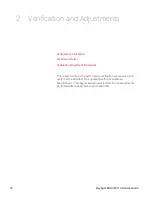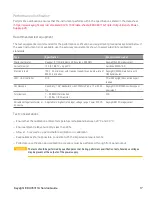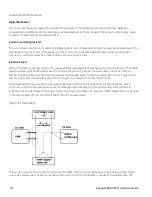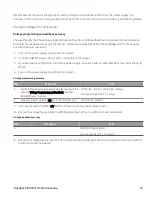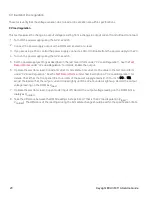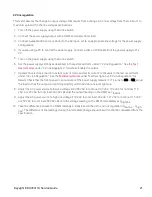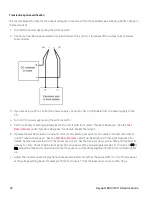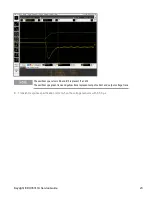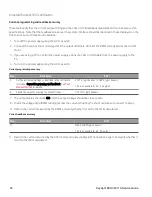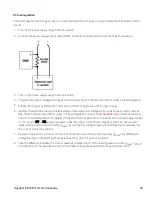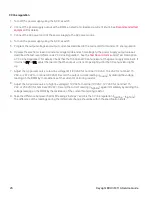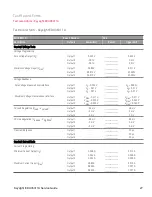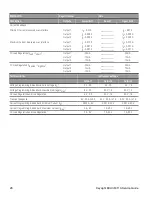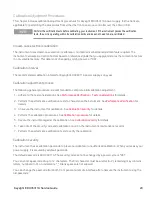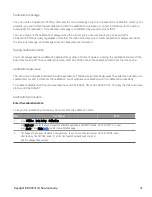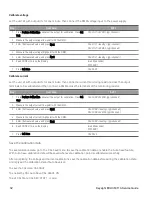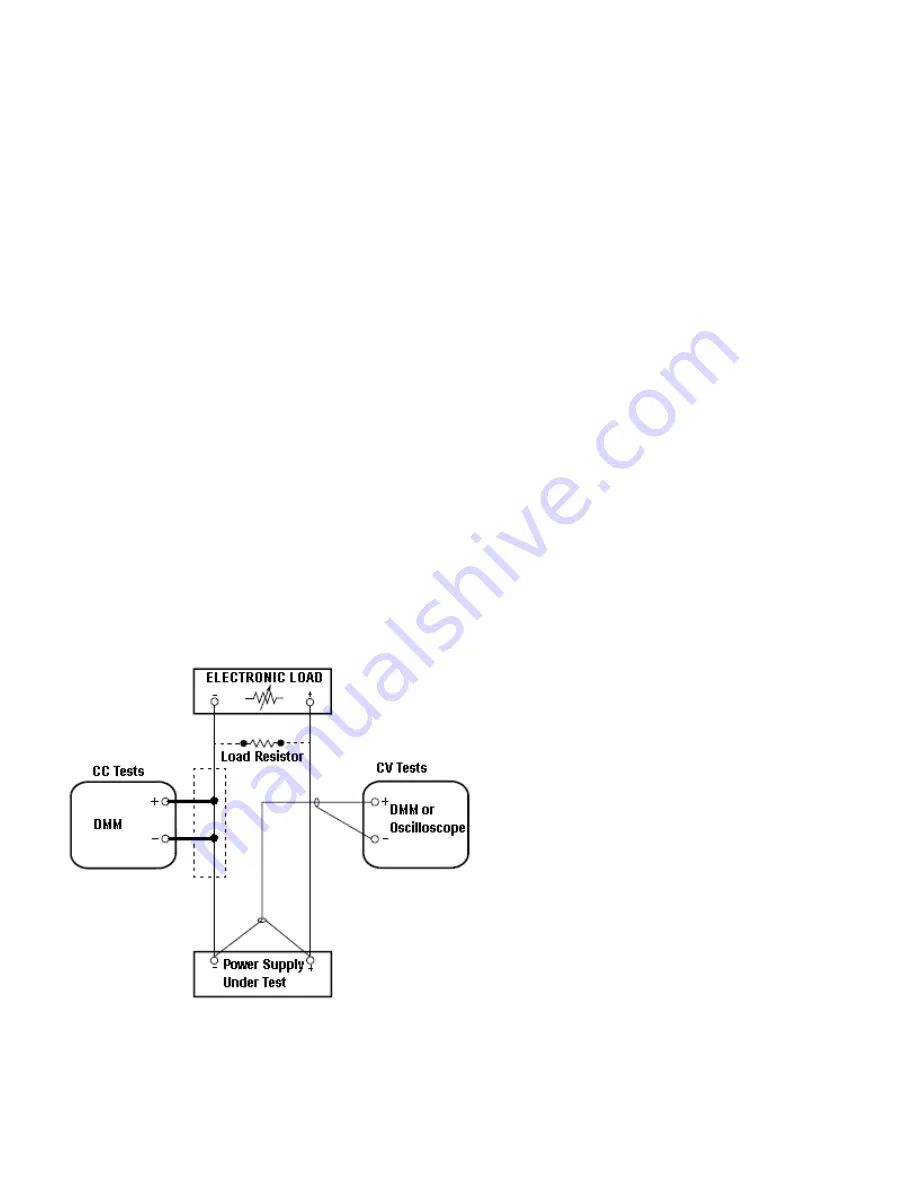
Measurement techniques
Digital Multimeter
To ensure that the values read by the multimeter during both the verification procedure and the calibration
procedure are not affected by the instantaneous measurement of the AC peaks of the output current ripple, make
several DC measurements and average them.
Current-monitoring resistor
The 4-terminal current shunt is used to eliminate output current measurement error caused by voltage drops in the
load leads and connections. It has special current-monitoring terminals inside the load connection terminals.
Connect the voltmeter directly to these current-monitoring terminals.
Electronic load
Many of the test procedures require the use of a variable load capable of dissipating the required power. If a variable
resistor is used, switches should be used to connect, disconnect, or short the load resistor. For most tests, an
electronic load can be used. The electronic load is considerably easier to use than load resistors, but it may not be
fast enough to test transient recovery time and may be too noisy for the noise (PARD) tests.
Fixed load resistors may be used in place of a variable load, with minor changes to the test procedures. Also, if
computer controlled test setups are used, the relatively slow (compared to computers and system voltmeters)
settling times and slew rates of the power system may have to be taken into account. "Wait" statements can be used
in the test program if the test system is faster than the power system.
Setup for most tests
This setup is used for most tests and it requires the DMM, electronic load, and power supply being verified. Some
wire is also required for connection between instruments. A LAN or USB cable is needed for readback data. The
18
Keysight EDU36311A Service Guide

